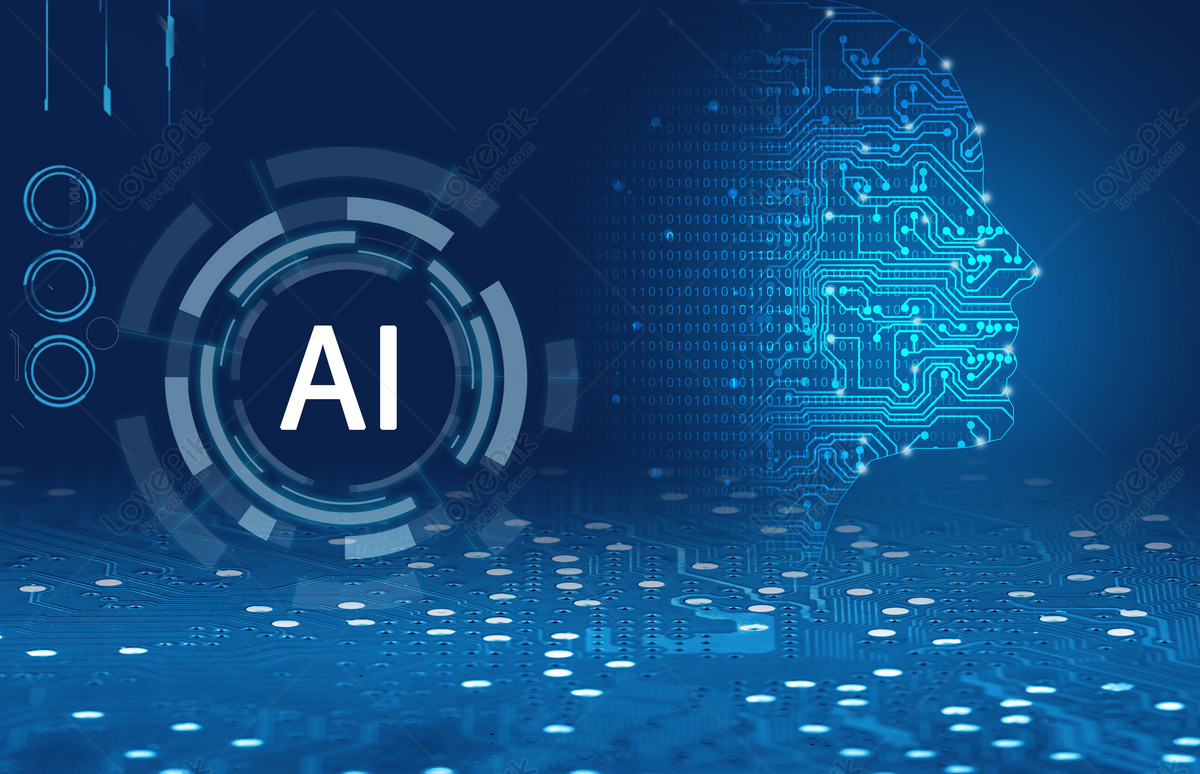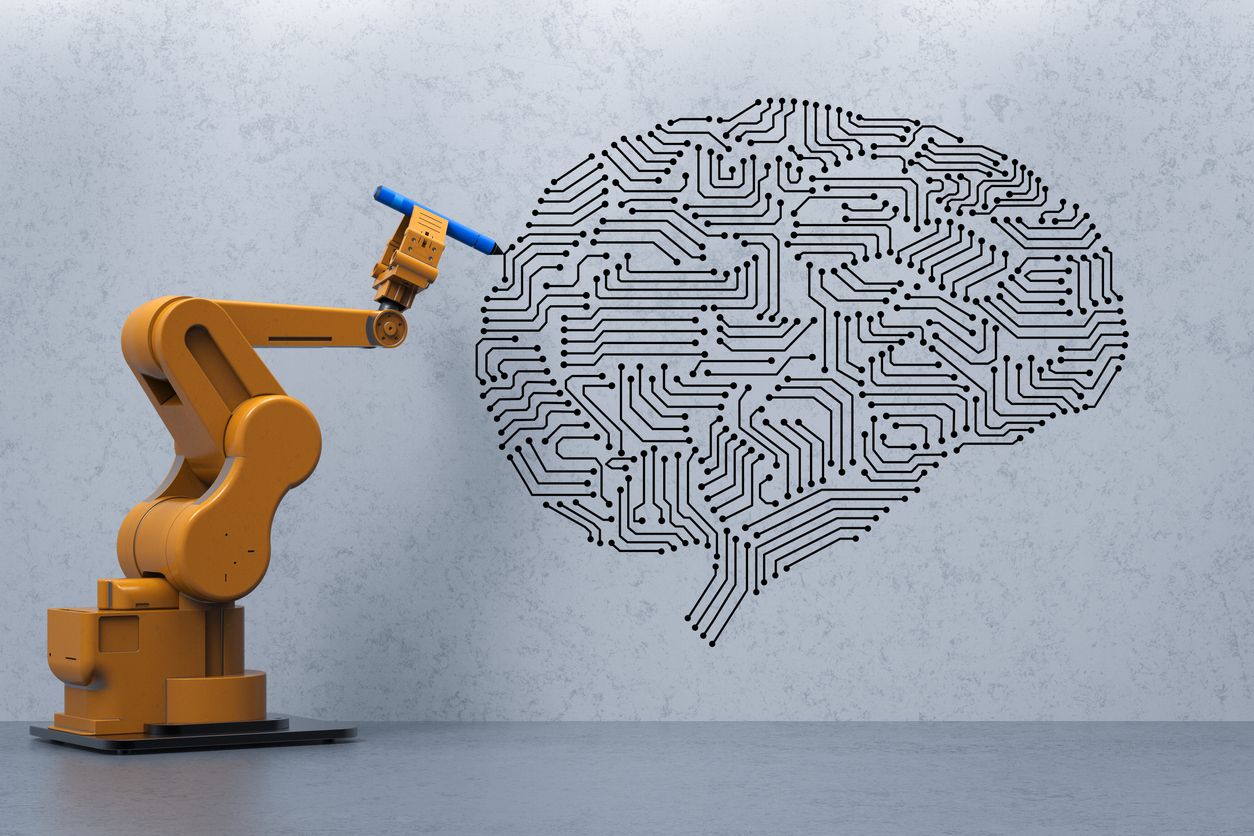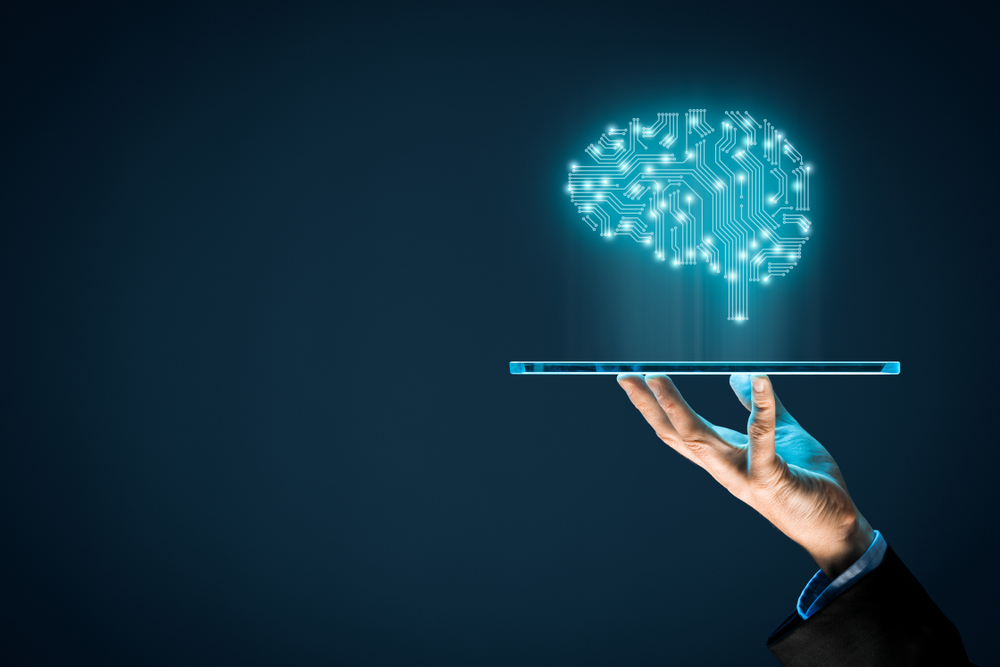As technology continues to advance at an unprecedented pace, there is one buzzword that seems to be on everyone’s lips: artificial intelligence. But what exactly is AI and why do we need it? From improving healthcare to transforming the way businesses operate, the potential benefits of this cutting-edge technology are vast and varied. Join us as we explore the exciting world of AI and discover just how much it has to offer in our rapidly evolving digital landscape.
AI is growing at an exponential rate
Artificial intelligence (AI) is growing at an exponential rate, with multiple new AI-related startups emerging every month. Some of these startups are focused on developing AI applications for marketing, finance, or healthcare. However, despite the plethora of AI-focused companies and technologies, there is still a lack of clarity about what exactly AI is and how it works. In this article, we provide a brief overview of AI and its potential benefits.
What Is Artificial Intelligence?
Artificial intelligence is a broad field that deals with the creation of intelligent machines. At its simplest level, artificial intelligence involves programming a computer to do things that normally would require human intelligence (such as analyzing data or making decisions). More complex forms of artificial intelligence involve teaching computers to “learn” on their own by observing and interacting with examples.
AI has many potential benefits for businesses and individuals. For businesses, AI can help automate tasks such as customer service or marketing campaigns. AI can also help create more accurate predictions about future trends, which can allow companies to make more informed decisions about their investments. For individuals, AI can help improve our ability to search for information online or make decisions in difficult situations (such as choosing between two job offers).
How Does Artificial Intelligence Work?
There are several different ways that artificial intelligence works. Some popular methods include machine learning (which allows computers to “learn” on their own), natural language processing (which helps computers understand human language), and deep learning (which allows computers to “learn” complex patterns).
Each of these methods has its own advantages and disadvantages. machine learning is the most widely used approach because it is relatively easy to implement and can be used to train a wide range of AI applications. However, machine learning is also relatively imprecise, so it can sometimes produce results that are not accurate or reliable. natural language processing is less common but can be more accurate than machine learning because it involves understanding the human language itself. deep learning is the most recent and promising approach to artificial intelligence because it can be used to learn complex patterns from large amounts of data. However, deep learning is still relatively new, so there are still some limitations to its accuracy and applicability.
AI is being used in many industries
The need for artificial intelligence (AI) is becoming more and more apparent in many industries. For example, businesses are using AI to better understand customer behavior and preferences, identify fraudsters, and recommend products. Healthcare providers are also using AI to diagnose patients and manage diseases. In the near future, AI will become even more important as it is developed to help us perform complex tasks that require human intuition or creativity.
Benefits of using AI
There are benefits to using artificial intelligence in business. AI can save time and improve productivity. It can also help businesses reduce costs and increase efficiency. Additionally, AI can help businesses develop new products and services more quickly.
Risks associated with AI
There are many risks associated with artificial intelligence development and deployment. Some of these risks include:
- Unanticipated consequences of AI technology. Artificial intelligence technologies can produce unintended consequences that may have far-reaching negative consequences. For example, the development of autonomous weapons could lead to widespread devastation if they are used incorrectly or in a manner that goes against international law.
- Threats to privacy and data security. Artificial intelligence systems can collect and store vast amounts of personal information, which could be abused by malicious actors. As such, it is important to ensure that data security measures are in place to protect users’ privacy interests.
- Excessive use of AI could lead to economic disruptions. If artificial intelligence is used excessively or inappropriately, it could cause significant economic disruptions and job losses. For example, if a company uses automated decision-making algorithms to reduce the number of workers needed in its workforce, this could result in job losses for those who are affected.
- Risk of misuse by criminals and terrorists. Artificial intelligence technology can be used by criminals and terrorists to carry out attacks or nefarious activities undetected. As such, it is important to ensure that appropriate safeguards are in place to prevent these threats from materializing.
How to get started with AI
There are many possible reasons why businesses might need to implement artificial intelligence, but some of the more common ones include:
-Improving Efficiency and Productivity: Artificial intelligence can help humans work smarter by automating repetitive tasks or processes.
-Complimenting Human Employees: AI can be used to complement human employees, giving them additional skills and knowledge. This can help businesses attract and keep talented employees while improving productivity overall.
-Helping manage Customer Data: Artificial intelligence can be used to understand and predict customer behavior in order to optimize marketing campaigns and sales efforts. This can save businesses time and money in the long run.
-Optimizing Operations: Artificial intelligence can be used to identify patterns in data that would otherwise be difficult for humans to see. This information can then be used to improve operations on a larger scale, saving companies money in the process.





